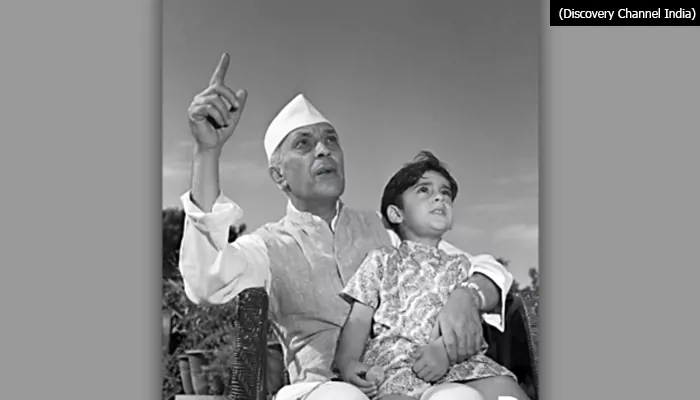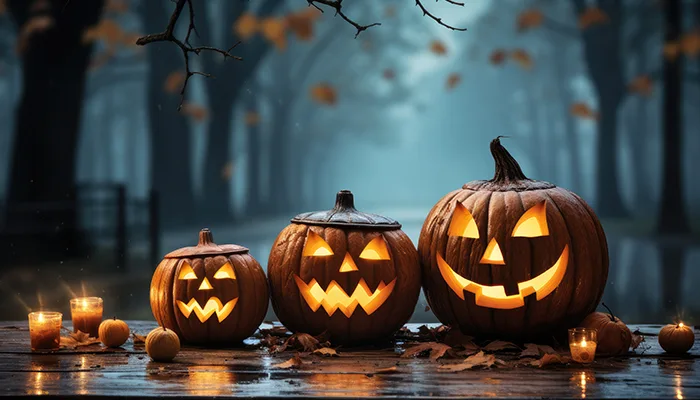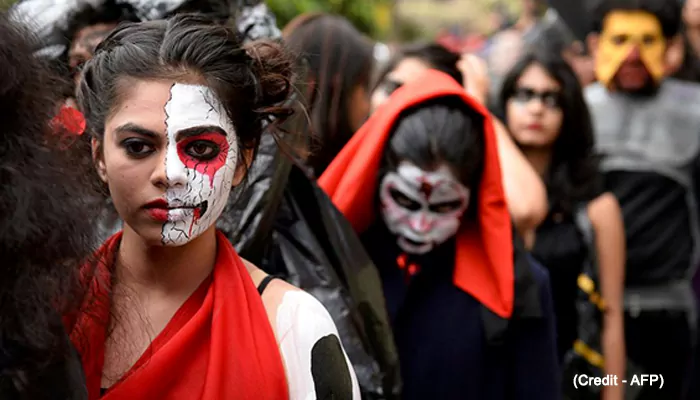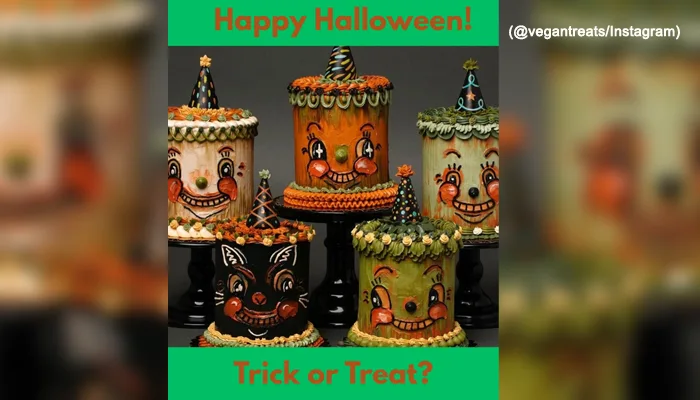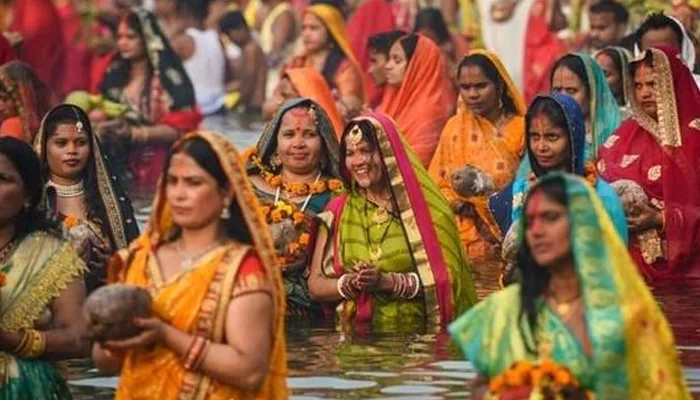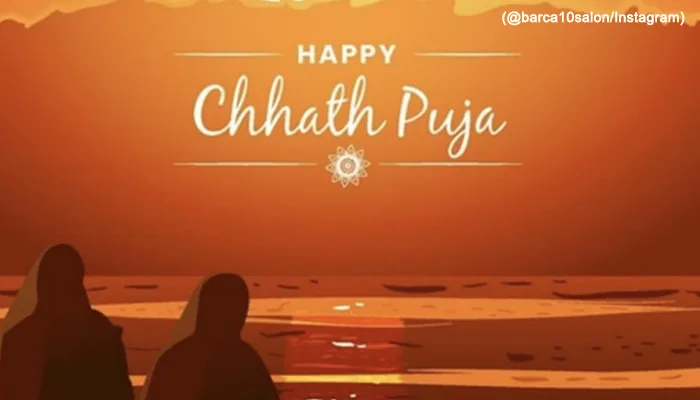Many Faiths, One Light: Diwali for Hindus, Jains, Sikhs - and the Secular City
- Devyani
- 1 month ago
- 2 minutes read
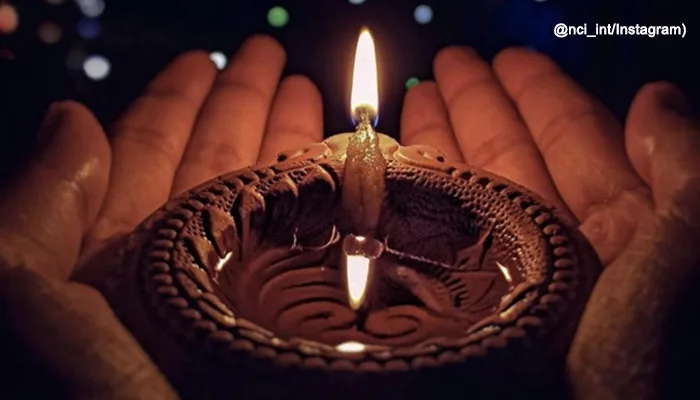
One festival, many meanings - Diwali sparkles across faiths and even the modern metropolis, reminding everyone that light looks good on all of us.
Diwali is a five-day festival of lights, but its meanings shimmer differently for Hindus, Jains, Sikhs, and today’s secular city dwellers, all drawn to the promise of light over darkness and knowledge over ignorance. On the central night, families light diyas, share sweets, burst crackers in moderation, and welcome prosperity with Lakshmi Puja - think rose-scented smoke, ghee-lit flames, and the soft rustle of new ledgers.
For Hindus: Lakshmi and homecoming
(@ayodhyawale/Instagram)
In many Hindu traditions, Diwali marks Lakshmi Puja, inviting prosperity and ethical new beginnings alongside Ganesha, the remover of obstacles, as rangoli powders bloom like powdered rainbows at doorsteps. The festival is tied to beloved stories - from Rama’s return to Ayodhya to Krishna’s victory over Narakasura - each retold in lamp-lit courtyards where marigolds brush against ankles.
Contemporary guides still frame the day around Lakshmi’s blessings and family bonds, a ritual rhythm that’s as much about gratitude as gold.
For Jains: Mahavira’s Nirvana
(@studiodharma1/Instagram)
For Jains, Diwali is the anniversary of Mahavira’s nirvana at Pawapuri - solemn, luminous, and anchored in scripture and community memory rather than fireworks. Many mark the night by reading the Uttaradhyayan Sutra, fasting, and offering the symbolic Nirvan Laddu, framing light as inner knowledge rather than spectacle. The Jal Mandir at Pawapuri - white marble afloat on a lotus lake - becomes a tranquil beacon, where silence feels almost audible.
For Sikhs: Bandi Chhor Divas
(@sourabhspace/Instagram)
For Sikhs, the festival’s light celebrates Guru Hargobind’s return from imprisonment - with 52 kings freed alongside him - and the illumination of Amritsar echoing liberation as a lived value. The Golden Temple glows in reflection and flame, with rows of diyas winking across the sarovar, and guidance often emphasizes traditional lamps over showy lighting, reinforcing meaning over glare. It’s joy with a spine - soft light, strong memory, and the air alive with kirtan and mustard oil perfume.




